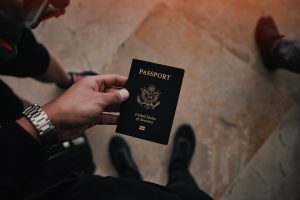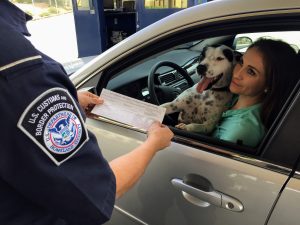Temporary work visas are for individuals who want to work in the US for a limited time period. There are many different temporary work visa categories, some of which have yearly quotas. In this blog entry, we’ll break down your options and discuss the process.
Under most circumstances, the prospective employer must initiate the visa process by filing a petition with the USCIS. Once the petition is approved, an interview is scheduled at the US Consulate in the country where you live. You’re usually required to bring paperwork to your interview: a passport, your photo, your application confirmation, the number of your approved petition, and possibly other documents. Applicants need to pay a visa application fee.
These are some of the available temporary work visas:
H-1B visa. This is one of the best-known visa categories. This visa requires at least a bachelor’s degree or the equivalent. Technology companies like Google hire many people with H-1B visas.
H-1B1 visa. This visa is for working in a specialty occupation, and it also requires an advanced degree.
H-2A visa. This visa is for seasonal agricultural jobs. Only citizens of certain countries are eligible for these visas.
H-2B visa. This visa is for temporary jobs that aren’t agricultural. This visa is also limited to citizens of certain countries.
H-3 visa. This visa is for people who will be participating in a formal training program which is not available outside the US and will advance their careers outside the US.
L visa. This visa permits the visa holder to work in a managerial, executive or specialized knowledge capacity at a US branch, affiliate or subsidiary of his or her current employer outside the US.
O visa. This visa is for people with extraordinary ability or achievements.
P-1 visa. A visa for athletes who want to perform at a specific athletic event or for entertainers.
P-2 visa. This visa is also for entertainers, specifically entertainers who are participating in an exchange program with the US.
P-3 visa. Another visa for entertainers, especially artists who teach culturally unique arts.
Q-1 visa. This visa is for conducting classes or giving training in unique cultural traditions.
As you can see, there are a whole lot of options when it comes to temporary work visas. If you have questions about the visa process and would like to discuss your immigration options, we are here to help. Please contact us today to learn more!







